When to send your hypertensive patient to the ER
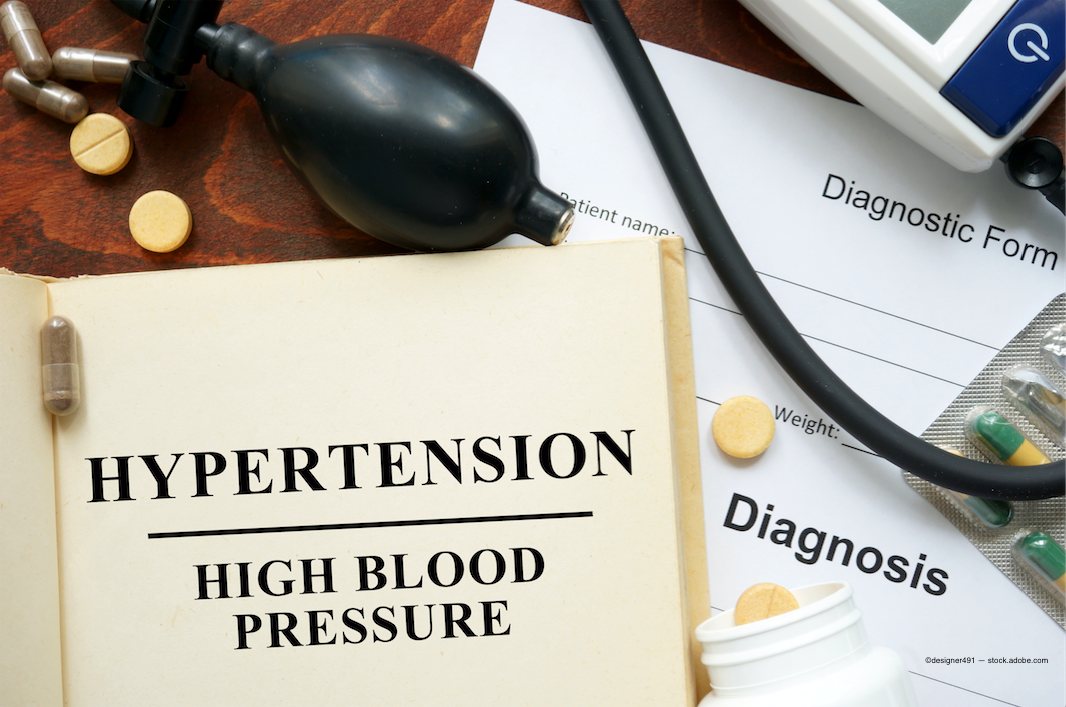
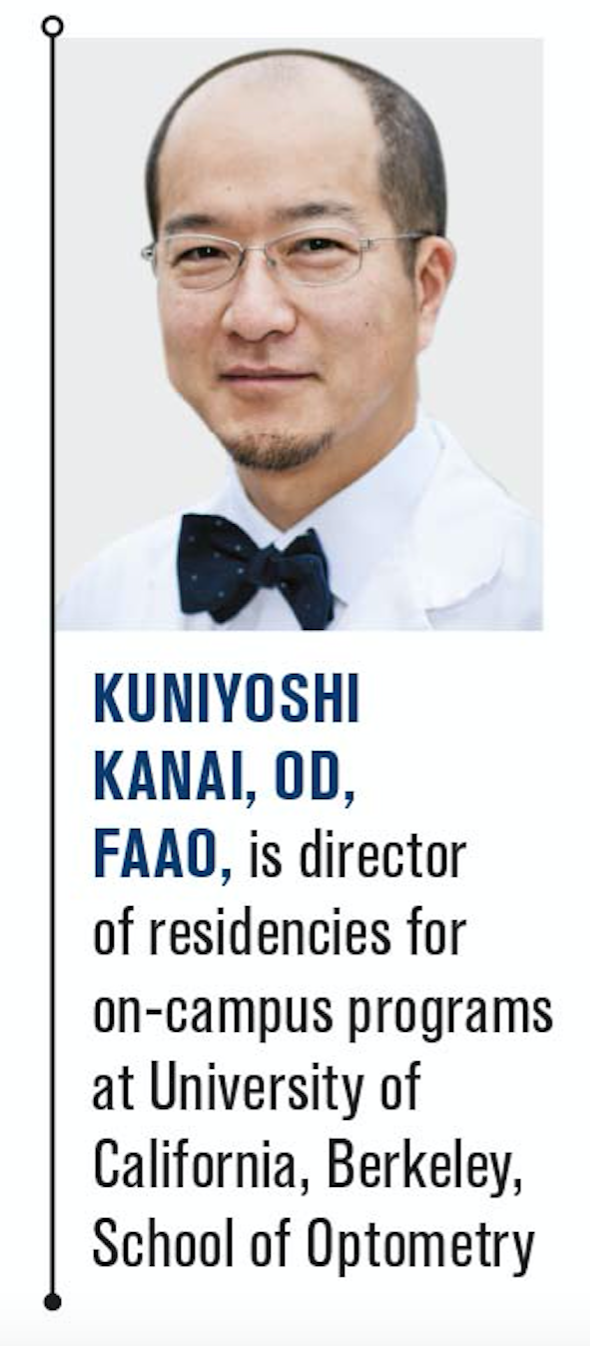
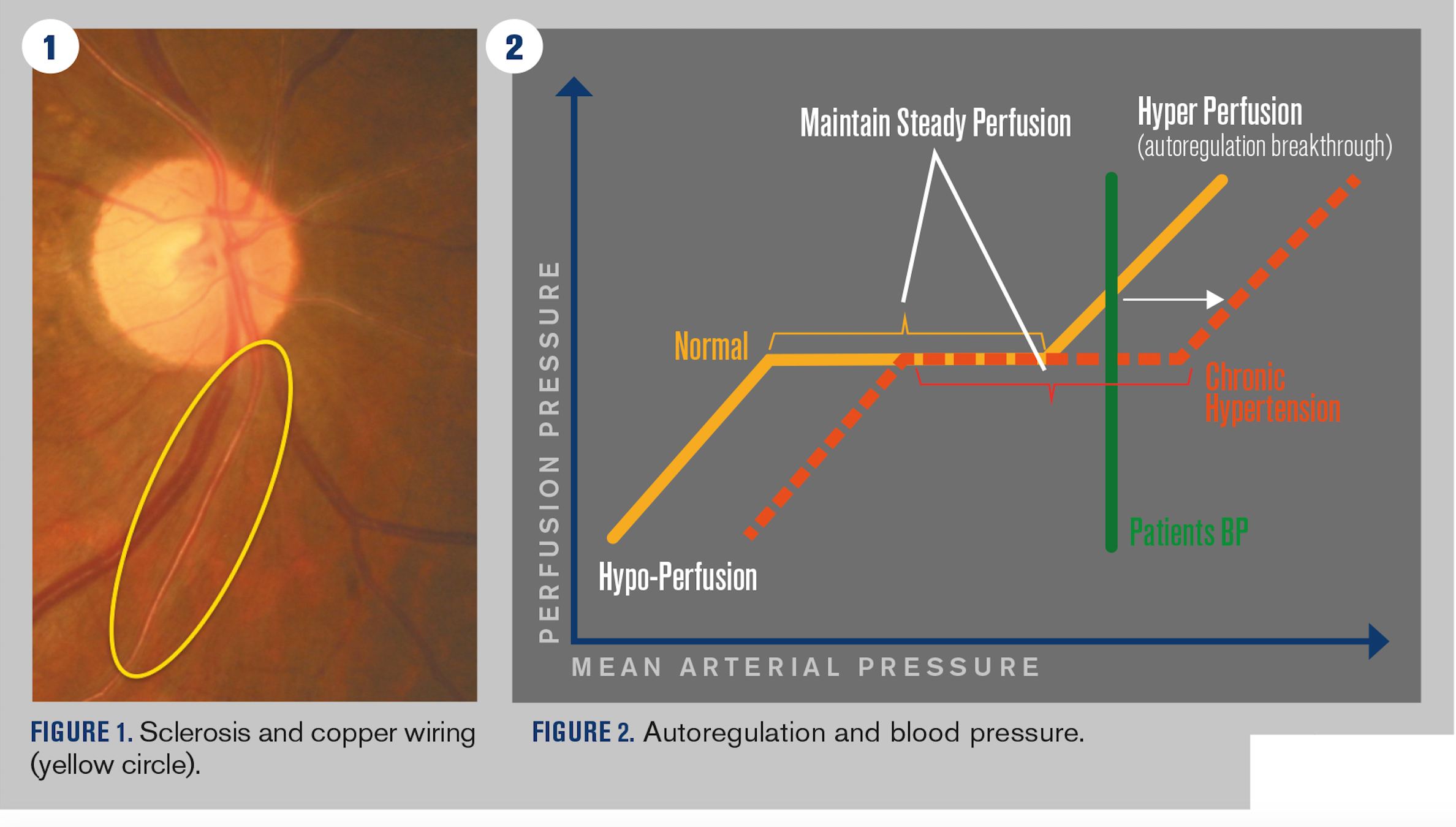
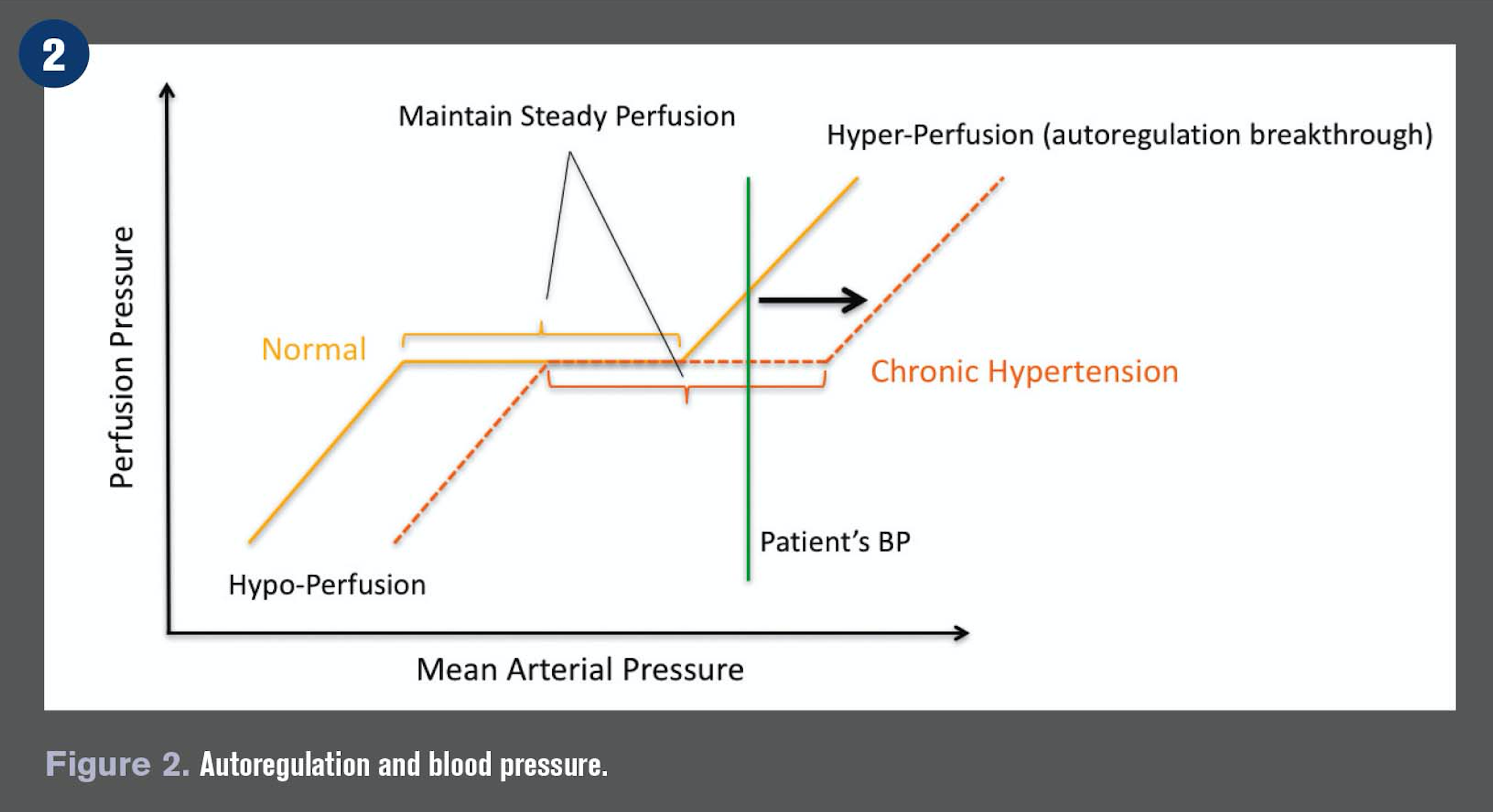
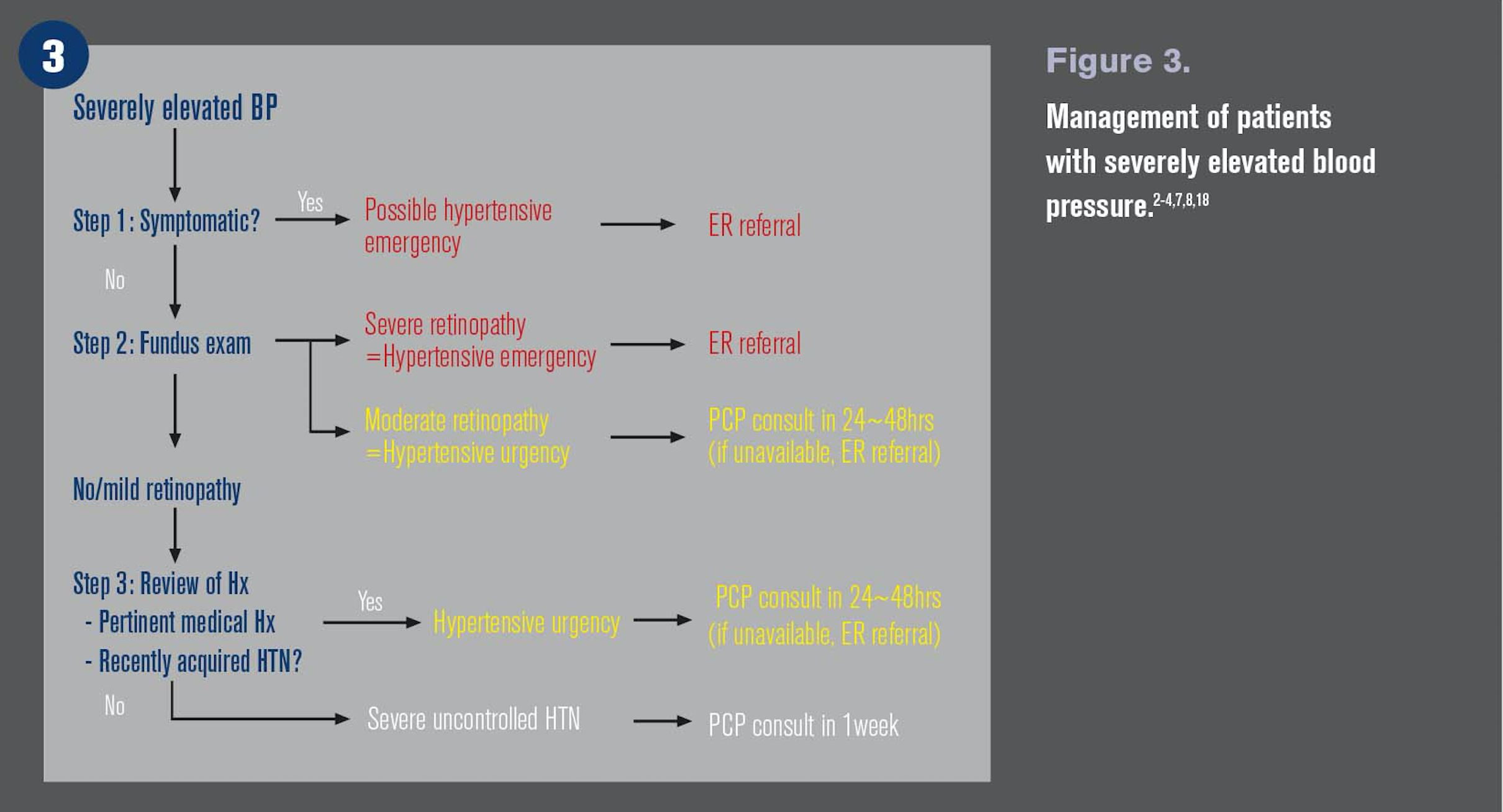
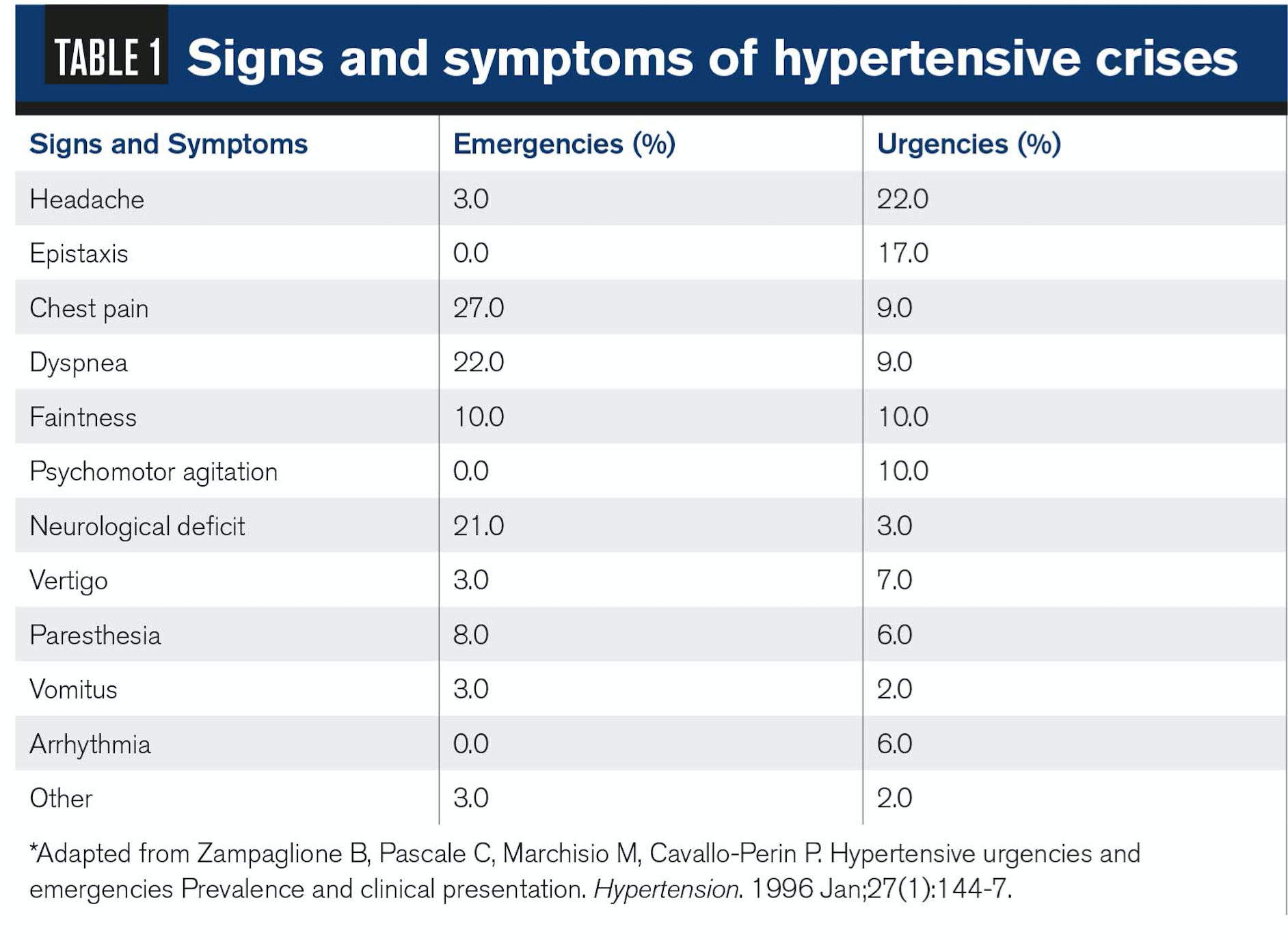
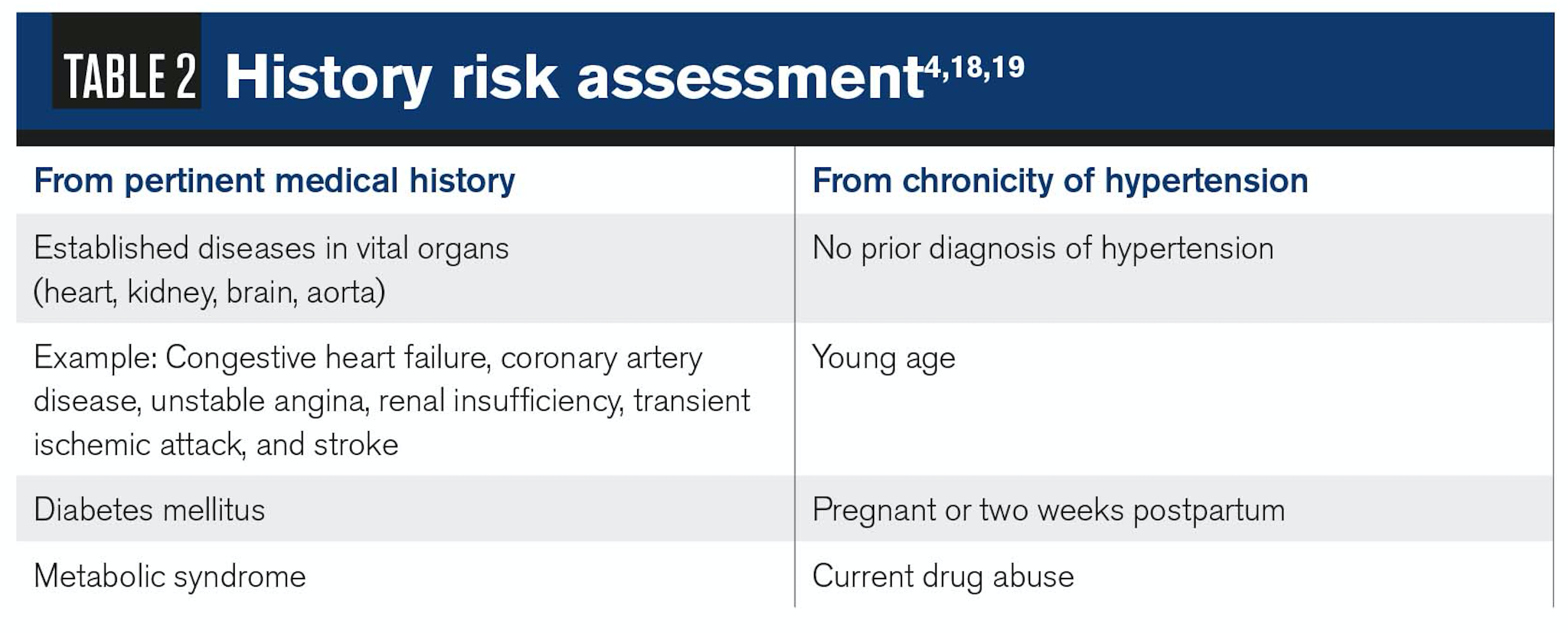
Optometrists and their staffs are measuring blood pressure in the office more often than ever before. This is partly a consequence of the ever-increasing number of patients with hypertension.
The American Heart Association, the American College of Cardiology, and nine other medical groups recently published the new guideline that would increase the number of adults with hypertension from 32 percent to 46 percent in U.S.1
In addition, the Centers for Medicare & Medicaid Services (CMS) has reinforced reporting of certain exam information, including blood pressure values. To do this, CMS initially provided incentives for those who reported and now penalize those who don’t. As ODs routinely measure blood pressure in the office, they face challenges of how to manage patients with abnormally high blood pressure readings.
Blood pressure emergency
ODs may wonder what blood pressure reading requires an emergency room referral.
The answer may be when the patient’s reading reaches the level of “severely elevated blood pressure.”
Related: Why ODs should monitor hypertension in patients
Because the eighth report of the Joint National Committee (JNC) in 2014 does not modify the definition of hypertensive crises, the healthcare field still refers to the old definition given by the seventh JNC report.2
This report considers a blood pressure reading that is greater than 180 mm Hg (systolic) or 120 mm Hg (diastolic) as severely elevated. Patients with severely elevated blood pressure are considered to be at risk of hypertensive crisis.
It is estimated that 1 to 2 percent of patients with hypertension experience hypertensive crisis at one point in their lives.3
Emergency vs. urgency
There are two stages of hypertensive crisis: emergency and urgency.
Hypertensive emergency is a true life-threatening emergency with impending target-organ-damage (TOD) in the heart, brain, kidney, and large blood vessels. Serious conditions, such as ischemic heart failure, acute renal failure, and aorta rupture, are suspected in such patients. Emergency admission to intensive care unit is mandatory for prompt reduction of blood pressure by approximately 20 to 25 percent,4 depending on suspected conditions.
While hypertensive emergency is considered a true life-threatening condition, its appearance in optometric offices is relatively uncommon. Because of their manifested systemic signs and symptoms, patients tend to seek care at the ER.
On the other hand, patients with hypertensive urgency may be completely asymptomatic and more likely make a visit to an optometric office. The dilemma lies in how to assess the risk of immediate TODs.
Hypertensive urgency is lacking definitive consensus in its spectrum. While some patients may hold relatively lower risk, a certain degree of hypertensive urgency can pose an immediate threat. Thus, it is critical to have clear standards on when to send hypertensive patients to the ER.
Triaging patients
It is tempting to create an oversimplified numerical cutoff for triaging hypertension. For example, how about referring patients with systolic pressure >180 mm Hg or diastolic pressure >120 mm Hg?
This “number approach” has a potential flaw: you may end up referring patients who don’t truly need care at ER and would receive better care by primary-care physicians (PCPs). After ER visits, the rate of follow-up at PCP offices is often poor.5,6 Optometrists should also be sentient of the fact that hypertension is a chronic disease, and long-term success for patients is built by continuous follow-up with PCPs.
A better approach is to assess the risk based on clinical features and tailor the referral.
The following three steps ensure the proper risk assessment of patients who are in danger of hypertensive crises in your optometric offices:
• Symptomatology check
• Fundus examination
• Review of medical history and chronicity of hypertension
Step 1. Symptomatology check
First, attention should be directed to the patient’s systemic signs and symptoms.
Zampaglione and colleagues formulated the list of signs and symptoms that 449 hypertensive crisis patients presented with to the ER.7 Of those, nearly one-fourth of the patients had hypertensive emergency.
The study highlights clear differences between the presenting symptoms of the two conditions. Patients with hypertensive emergency were more likely to present with chest pain and difficulty breathing (dyspnea); patients with hypertensive urgency more often present with headache and nose bleeding (epistaxis).
How should optometrists utilize this information?
The best advice is to refer all symptomatic patients. While it is useful to be aware of the difference in characteristic symptoms between emergency and urgency, it is not practical or possible to differentiate the two conditions in an optometric office. Thus, all symptomatic hypertensive patients with severely elevated blood pressure should be considered potential hypertensive emergencies and referred to the ER.
Meanwhile, this study outcome implies the questions optometrists should ask when facing patients with severely elevated blood pressure.
Are you having difficulty breathing? How about chest pain, vertigo, tingling, feeling faint, irregular heartbeat, or headache?
Before the patient is considered “asymptomatic,” these conversations need to take place in OD’s exam room.
Step 2. Fundus examination
For asymptomatic patients with severely elevated blood pressure, fundus examination is necessary to assess immediate and long-term risk of TODs.
Hypertensive retinopathy often first manifests as “attenuation” of the arterioles. This is an autoregulatory response in which the lumen of the arteriole decreases in size to maintain the same perfusion pressure to the tissue.
As hypertensive status becomes chronic, the blood vessel wall becomes damaged, through the process called hyalinization, and becomes sclerotic. As the sclerosis advances, it clinically manifests as copper wiring (Figure 1) or silver wiring.
Community studies, such as the Atherosclerosis Risk in Communities Study (ARIC),8 suggest that patients with retinal atherosclerosis have an association with long-term cardiovascular and cerebrovascular incidents, but its implication does not appear to be immediate.9-11
As hypertension in the retina manifests to the next level of retinopathy, its implication of TODs changes.
In moderate retinopathy, hemorrhages and both soft and hard exudates appear in the retina. At this stage, the blood-retinal barrier (BRB) is compromised, leaking blood and inducing local ischemia.
Optometrists should be aware of the functional and anatomical similarities of the BRB and two other blood-barrier systems: glomerular-filtration barrier in the kidney and blood-brain barrier in the brain.
All three blood-barriers share the same function via tight junction between the endothelial cells of the vessels. It is no surprise that a compromise in the BRB correlates with a breach of the other two barriers.
The ARIC study investigated glomerular filtration function in varying degrees of retinopathies. Patients with compromised BRB were more likely to have compromised glomerular filtration function concurrently (odds ratio: retinal hemorrhage=2.6, soft exudates=2.7) when compared to no retinopathy.12 Meanwhile, mild hypertensive retinopathy had no such implication in this study.
Furthermore, an alarming fact from the ARIC study concerned the risk of stroke. Patients with compromised BRB had a significantly higher risk of stroke in the initial three-year follow-up as compared to patients who had no retinopathy at baseline.13 This strong correlation between moderate retinopathy and stroke was further confirmed in the 13-year follow-up study.14
The ARIC findings put optometrists in an uncomfortable position. What if your asymptomatic patient has severely elevated blood pressure and concurrent moderate retinopathy?
In this instance, there is no consensus on how quickly such a patient converts into a hypertensive emergency. If the patient’s PCP is not available for management consultation within 24 to 48 hours, the patient should be referred to the ER.
Once hypertension reaches severely elevated level, the blood vessel may undergo the final pathological process called fibrinoid necrosis. Fibrinoid necrosis obliterates the vessel lumen and induces severe ischemia. This would manifest in the retina as choroidopathy, optic disc edema, macular star exudates, and focal intraretinal peri-arteriolar transudates (FIPTs).
FIPTs are unique to this severe stage of retinopathy. FIPTs are a sign of leakage from dilated pre-capillary retinal arterioles.15 If autoregulation is still effective at severely elevated blood pressure, retinal arterioles should continue to constrict to provide the same perfusion pressure to the tissue. FIPTs represent the breakdown of autoregulation called “autoregulation breakthrough” in which perfusion is no longer controlled, and the system reaches “hyperperfusion” status.
When the retina reaches autoregulation breakthrough, the brain is likely to reach the same alarming status. Optic disc swelling, seen in severe retinopathy, appears to represent autoregulation breakthrough in the brain.16 This hyperperfusion status in the brain is considered a hypertensive emergency. Without proper treatment, the survival rate is extremely low: 1 percent in five years.17 However, proper antihypertensive management can improve the survival rate to 91 percent in five years.17 Admission to the ER is mandatory for severe hypertensive retinopathy.
Step 3. Review of history
A patient’s medical history gives insight into the risk of immediate TODs.
Experts believe that asymptomatic patients with severely elevated blood pressure should be divided into two categories, hypertensive urgency and “severe uncontrolled hypertension,” based on the risk factors for progressive TODs.4,18 Those risk factors include pre-existing damages in vital organs (Table 2).
Besides medical diagnosis, the chronicity of hypertension also dictates the risk of TODs.
Autoregulation provides protection to vital organs by maintaining the same perfusion pressure. When facing patients with severely elevated blood pressure, a clinician may intuitively fear that blood pressure has exceeded the limit protected by autoregulation. A remarkable truth of autoregulation is its incredible ability of adapting to chronically elevated blood pressure and continuously providing protection by shifting to the “right” (Figure 3).
This right shift occurs through many years of hypertension, and chronically elevated patients may temporarily be protected by this shift.
Conversely, patients who acquired severely elevated blood pressure within a short period of time can manifest TODs at much lower blood pressure than chronically elevated patients. For example, certain recreational drugs (amphetamine and cocaine) are known to cause hypertensive crisis by acutely raising blood pressure.19
For asymptomatic patients, medical history should be reviewed thoroughly. Patients with notable risks should be considered true hypertensive urgency, and referral to the ER should be considered.
Low-risk patients with elevated blood pressure
Going through the previous three steps should filter out patients who should be evaluated emergently in the ER or urgently by PCPs, and the remaining low-risk patients should be considered “severe uncontrolled hypertension.” Those are asymptomatic patients with severely elevated blood pressure whose fundi show minimum retinopathy, whose medical histories appear unremarkable, and who have a long history of hypertension.
ODs may wonder if these patients should be referred to the ER as well.
Because the ER encounters a significant percentage of hypertensive crisis patients, the American College of Emergency Physicians (ACEP) addressed this specific topic in its clinical policy in 2013.20 While experts acknowledged that there was insufficient data to support a definitive evidence-based management guideline, they reached a consensus that routine work-ups and lowering blood pressure in the ER was not required for patients with elevated blood pressure.
It may be perplexing that aggressive lowering of blood pressure is not beneficial for many patients. The answer lies in the autoregulation shift that long-term hypertensive patients experience (Figure 2). An abrupt drop in blood pressure in a long-term hypertensive patient may result in insufficient perfusion pressures and induce organ damages.21 The patient's vascular system is dependent on some level of hypertension. It is ideal to achieve reduction in blood pressure over time for those patients.
Since 2013, two other retrospective cohort studies give insight into the effectiveness of referring patients to the ER.
In a study by Levy and colleagues (n=1,016), there was no difference in a patient’s rate of return to the ER regardless of whether he received treatment at his initial ER visit.22 More importantly, there was no difference in mortality at one month.
Patel and colleagues confirm the ACEP consensus in their retrospective study in 2016.23 In their cohort of 59,836 patients with hypertensive urgency, 387 patients underwent investigative studies in the ER, such as echocardiogram and CT scan. Only 2.1 percent of tested patients showed evidence of TODs, creating questions about the validity of routine testing in the ER.
In general, patients with a low risk of severe uncontrolled hypertension can be followed by PCPs in non-emergent basis, within the week.4 Those patients often do not strictly follow an anti-hypertensive medication regimen. Adherence should be strongly encouraged before sending them home.
Conclusion
Sending a hypertensive patient to the ER should not be based on a mere numerical approach but rather on thoughtful evaluation of a patient’s risk of TODs. By paying an attention to the symptomatology, history, and fundus, optometrists can systematically guide their patients to proper medical care to ensure long-term success
References:
1. Whelton PK, Carey RM, Aronow WS, Casey DE Jr, Collins KJ, Dennison Himmelfarb C, DePalma SM, Gidding S, Jamerson KA, Jones DW, MacLaughlin EJ, Muntner P, Ovbiagele B, Smith SC Jr, Spencer CC, Stafford RS, Taler SJ, Thomas RJ, Williams KA Sr, Williamson JD, Wright JT Jr. 2017 ACC/AHA/AAPA/ABC/ACPM/AGS/APhA/ASH/ASPC/NMA/PCNA Guideline for the Prevention, Detection, Evaluation, and Management of High Blood Pressure in Adults: Executive Summary: A Report of the American College of Cardiology/American Heart Association Task Force on Clinical Practice Guidelines. Hypertension. 2018 Jun;71(6):1269-1324.
2. National Heart, Lung, and Blood Institute. The Seventh Report of the Joint National Committee on Prevention, Detection, Evaluation, and Treatment of High Blood Pressure. August 2004.; NIH Publication No. 04-5230. Available at: https://www.nhlbi.nih.gov/files/docs/guidelines/jnc7full.pdf. Accessed 9/12/18.
3. Marik PE, Varon J. Hypertensive crises: challenges and management. Chest. 2007 Jun;131 (6):1949-62.
4. Shayne PH, Pitts SR. Severely increased blood pressure in the emergency department. Ann Emerg Med. 2003 Apr;41(4):513-29.
5. Baumann BM, Cienki JJ, Cline DM, Egging D, Lehrmann JF, Tanabe P. Evaluation, management, and referral of elderly emergency department patients with elevated blood pressure. Blood Press Monit. 2009 Dec;14(6):251-6.
6. Collins K, Gough S, Clancy M. Screening for hypertension in the emergency department. Emerg Med J. 2008 Apr;25(4):196-9.
7. Zampaglione B, Pascale C, Marchisio M, Cavallo-Perin P. Hypertensive Urgencies and Emergencies Prevalence and Clinical Presentation. Hypertension. 1996; 27(1): 144-147.
8. Wong TY, Klein R, Couper DJ, Cooper LS, Shahar E, Hubbard LD, Wofford MR, Sharrett AR. Retinal microvascular abnormalities and incident stroke: the Atherosclerosis Risk in Communities Study. Lancet. 2001 Oct 6;358(9288):1134-40.
9. Tikellis G, Arnett DK, Skelton TN, Taylor HW, Klein R, Couper DJ, Richey Sharrett A, Yin Wong T. Retinal arteriolar narrowing and left ventricular hypertrophy in African Americans. the Atherosclerosis Risk in Communities (ARIC) study. Am J Hypertens. 2008 Mar;21(3):352-9.
10. Wong TY, Klein R, Sharrett AR, Duncan BB, Couper DJ, Tielsch JM, Klein BE, Hubbard LD. Retinal arteriolar narrowing and risk of coronary heart disease in men and women. The Atherosclerosis Risk in Communities Study. JAMA. 2002 Mar 6;287(9):1153-9.
11. Duncan BB, Wong TY, Tyroler HA, Davis CE, Fuchs FD. Hypertensive retinopathy and incident coronary heart disease in high risk men. Br J Ophthalmol. 2002 Sep;86(9):1002-6.
12. Wong TY, Coresh J, Klein R, Muntner P, Couper DJ, Sharrett AR, Klein BE, Heiss G, Hubbard LD, Duncan BB. Retinal microvascular abnormalities and renal dysfunction: the atherosclerosis risk in communities study. J Am Soc Nephrol. 2004 Sep;15(9):2469-76.
13. Wong TY, Mitchell P. The eye in hypertension. Lancet. 2007 Feb 3;369(9559):425-35.
14. Ong YT, Wong TY, Klein R, Klein BE, Mitchell P, Sharrett AR, Couper DJ, Ikram MK. Hypertensive retinopathy and risk of stroke. Hypertension. 2013 Oct;62(4):706-11.
15. Hayreh SS, Servais GE, Virdi PS. Fundus lesions in malignant hypertension. IV. Focal intraretinal periarteriolar transudates. Ophthalmology. 1986 Jan;93(1):60-73.
16. Immink RV, van den Born BJ, van Montfrans GA, Koopmans RP, Karemaker JM, van Lieshout JJ. Impaired cerebral autoregulation in patients with malignant hypertension. Circulation 2004 Oct 12;110(15):2241-45.
17. Lane DA, Lip GY, Beevers DG. Improving survival of malignant hypertension patients over 40 years. Am J Hypertens. 2009 Nov;22(11):1199-204.
18. Kessler CS, and Jourdeh Y. Evaluation and treatment of severe asymptomatic hypertension. Am Fam Physician. 2010 Feb 15;81(4):470-6.
19. Mancia G, De Backer G, Dominiczak A, Cifkova R, Fagard R, Germano G, Grassi G, Heagerty AM, Kjeldsen SE, Laurent S, Narkiewicz K, Ruilope L, Rynkiewicz A, Schmieder RE, Boudier HA, Zanchetti A; ESH-ESC Task Force on the Management of Arterial Hypertension. 2007 ESH-ESC Practice Guidelines for the Management of Arterial Hypertension: ESH-ESC Task Force on the Management of Arterial Hypertension. J Hypertens. 2007 Sep;25(9):1751-62.
20. Wolf SJ, Lo B, Shih RD, Smith MD, Fesmire FM; American College of Emergency Physicians Clinical Policies Committee. Clinical policy: critical issues in the evaluation and management of adult patients in the emergency department with asymptomatic elevated blood pressure. Ann Emerg Med. 2013 Jul;62(1):59-68.
21. Decker WW, Godwin SA, Hess EP, Lenamond CC, Jagoda AS; American College of Emergency Physicians Clinical Policies Subcommittee (Writing Committee) on Asymptomatic Hypertension in the ED. Clinical policy: critical issues in the evaluation and management of adult patients with asymptomatic hypertension in the emergency department. Ann Emerg Med. 2006 Mar;47(3):237-49.
22. Levy PD, Mahn JJ, Miller J, Shelby A, Brody A, Davidson R, Burla MJ, Marinica A, Carroll J, Purakal J, Flack JM, Welch RD. Blood pressure treatment and outcomes in hypertensive patients without acute target organ damage: a retrospective cohort. Am J Emerg Med. 2015 Sep; 33(9):1219-24.
23. Patel KK, Young L, Howell EH, Hu B, Rutecki G, Thomas G, Rothberg MB. Characteristics and Outcomes of Patients Presenting With Hypertensive Urgency in the Office Setting. JAMA Intern Med. 2016 Jul 1;176(7):981-8.
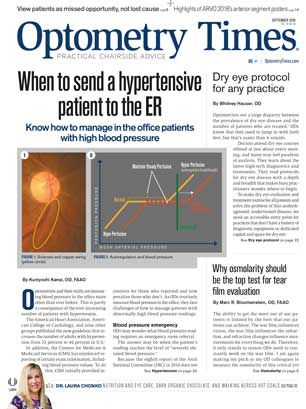
Newsletter
Want more insights like this? Subscribe to Optometry Times and get clinical pearls and practice tips delivered straight to your inbox.